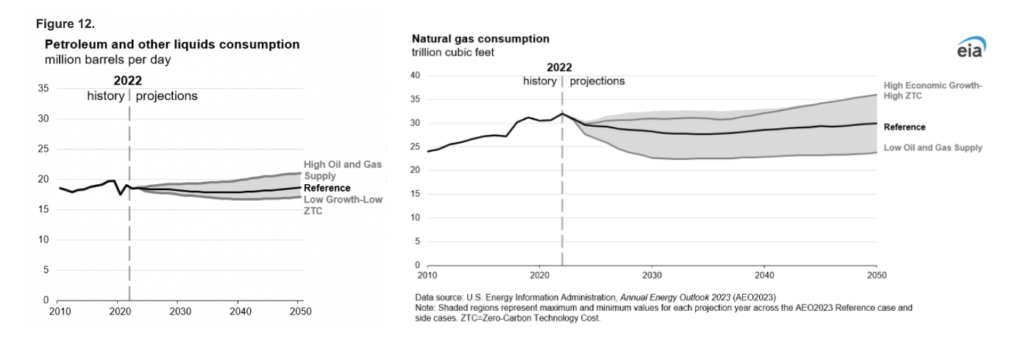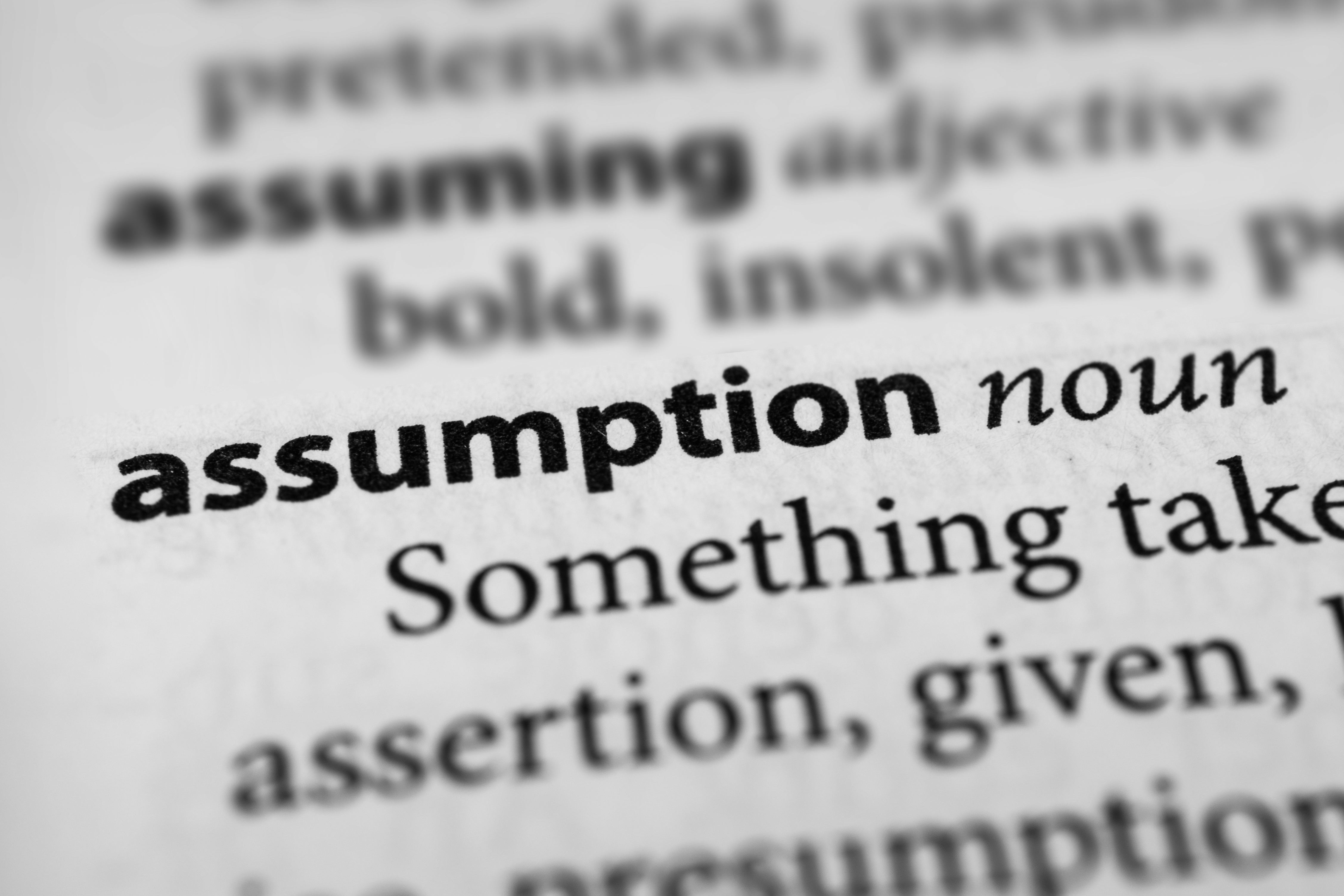Experts agree: it’s going to be a long time before the world’s fourth largest economy sees a major dent in oil demand.
As we’ve noted before, the California Air Resources Board’s 2022 Scoping Plan estimates that the state will still need 97 million barrels of in-state oil production in 2045 – signaling that the energy transition will take several decades, even with California’s aggressive efforts to deploy renewable energy.
Other expert analyses concur. Released last month, the U.S. Energy Information Administration’s (EIA) Annual Energy Outlook for 2023 projected that demand for oil and natural gas will hold steady between now and 2050. While the report notes that renewable energy will replace traditional fuels in the electric power sector, their projections for petroleum and natural gas consumption show strong demand continuing for those products.

The EIA’s projections echo previous findings of the California Council on Science and Technology, which cautioned that “in 2050, even after aggressive electrification and efficiency gains, we will likely require 70% as much liquid and gaseous fuel as we used [in 2010].”
Yet despite the clear scientific consensus on continued need for oil and gas for decades to come, California continues to shut down in-state production of these critical fuels.
Over the past four years, Governor Newsom’s policies have led to a nearly 25% decline in oil production in the Golden State. Over the past year alone, production is down 9.5% as the governor claims that he “doesn’t see oil in our future.”
Meanwhile, radical energy activists cheer the governor’s oil shutdown agenda, while some local officials push for an immediate end to in-state production.
Even media voices are amplifying the shutdown narrative, with Politico claiming late last year that “the oil industry faces the end of the road in California,” calling the state’s energy transition an “existential threat” to production operations in the state.
These disconnects between the scientific realities and the political narratives are not just stunning – they hold hugely important consequences for energy affordability and reliability in the Golden State.
The gap between Newsom’s aspiration to move beyond oil and the economy’s ability to do so is a key driver of higher energy costs in California. After all, Newsom’s policies shun traditional fuels that the economy still needs, leaving consumers and businesses vulnerable to supply shocks and price volatility in a tight market that depends heavily on expensive and unreliable foreign imports.
Between record prices at the pump last summer to skyrocketing home gas bills this winter, Californians have repeatedly experienced the consequences of Newsom’s failing approach to energy policy.
Until the governor stops ignoring scientific consensus on energy demands, it is only a matter of time before the price spikes and higher costs strike again.


